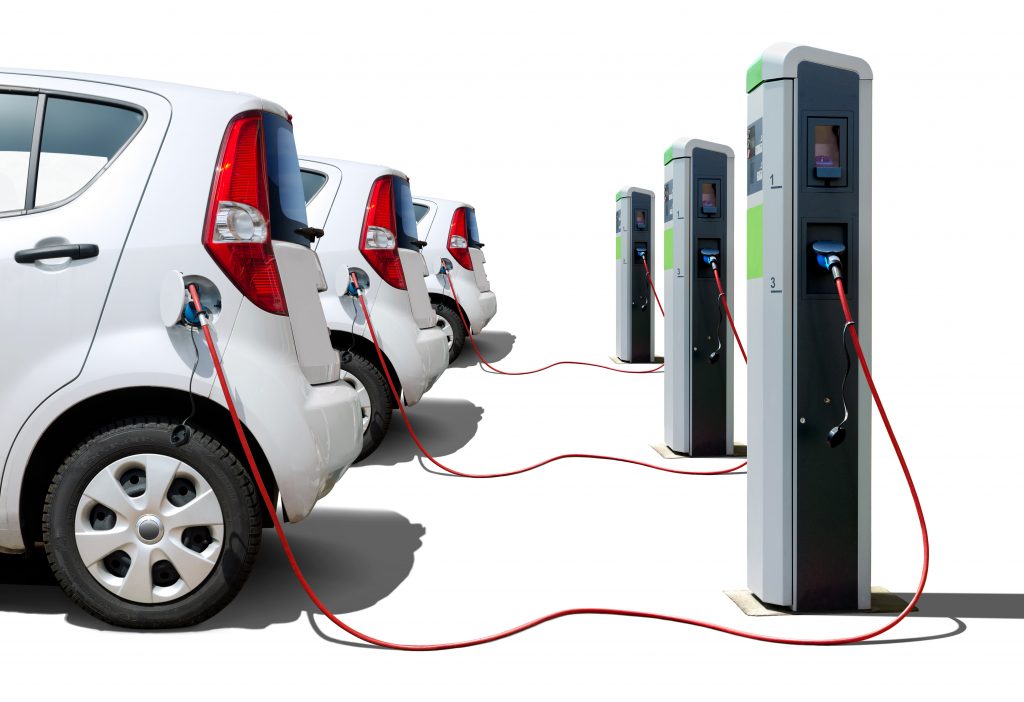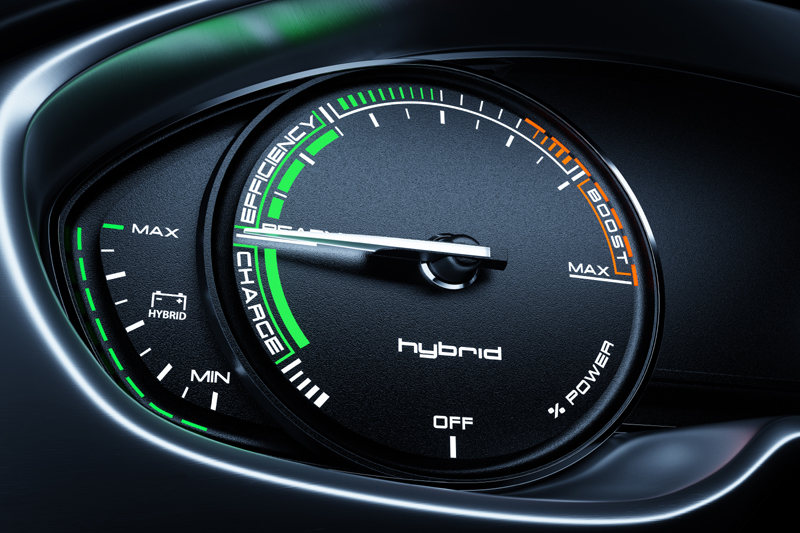Following the recent UK Government announcement that new vehicles with an internal combustion engine cannot be sold after 2040, the impact on the aftermarket could be severe. However, it is not a such a ‘black and white’ picture and, as is often the case, the devil will be in the detail. Neil Pattemore explains.
Firstly, it is important to understand what is behind the government’s announcement, as although it is primarily to address greenhouse gas emissions, it is also to address public health concerns. However, this is where it starts to get more interesting, as the proposal to ban internal combustion engines may be counter-productive.
If we look at the current reduction in the overall CO2 grams per kilometre, then the EU is on target to reduce from around 75 to 55 by 2030 (helped by hybrid technology), but perhaps more importantly, the tailpipe emissions of both NOx and particulates are already very low and will get even lower with the next round of Euro 6 and type approval real driving emissions (RDE) testing. However, a significant source of particulates remains in the form of brakes and tyres, which are not being addressed.
So how will further reductions in exhaust emissions be achieved? Perhaps it would be better if a more holistic view was adopted and we looked at the energy used to propel a vehicle or the transportation of goods by weight. This is already being suggested as a more realistic method of assessing alternative powertrain designs. It is also important to look at the alternative energy sources that could be used. These are primarily the fossil fuels of petrol, diesel and natural gas, plus electricity and hydrogen. All have advantages and disadvantages, but with some of the problems being indirect.
If we consider how each of these could be considered as a solution, we must also include how we transport our energy sources in the vehicle – the weight to energy ratio as already mentioned. Firstly, the internal combustion engine can be further improved, through new petrol high pressure combustion and different control strategies (stoichiometric or lean burn technologies) for further emissions reduction, as well as using an increasingly renewable content – sustainable bio, algal & synthetic fuels. Natural gas would also create lower emissions, but is expensive to process into either CNG or LNG forms, is not particularly efficient in relation to its mass/energy ratio and requires an expensive distribution and storage system.
Hydrogen suffers from an even lower mass/energy ratio and other similar problems – with expensive and inefficient (75-80% losses) conversion rates, together with high costs of distribution and storing, both in the distribution chain and also in the vehicle. Technically a good solution, but practically and financially challenging.
When you get to electricity, evaluating the energy to weight ratio does not provide a good answer – it is by far the worst weight to energy ratio. However, it gets even worse when you consider how the electricity is going to be generated to provide the power for millions of vehicles, as both the timescale and cost of building new power stations is not insignificant.
Distributing the electricity via the existing UK grid would not be suitable for mass charging, so a ‘smart grid’ is needed, but current estimates put the costs of this at over £150 billion. If ‘fast charging’ is needed, even greater investment would be required and there is a very limited business case to support doing so. Furthermore, to make all the necessary batteries, Europe would need at least twelve Li-ion battery Gigafactories (sufficient capacity for more than 1.5M EVs per year) to make all the cells & packs (and don’t even ask about the resources needed and the waste from this manufacturing process!). Perhaps electricity is not such a simple solution.

So, what will power our vehicles in the coming decades?
It depends on how much investment is made in both new engine technologies to achieve further emission reductions and on the electricity generating and distribution networks. The most likely scenario is the introduction of micro hybrid vehicles using both a high pressure lean burn internal combustion engine and a battery (e.g. 48V systems) for volume vehicles. There will be an increase in pure electric vehicles, but these are best suited for small, urban-based mobility with limited demands on the charging requirements. For larger vehicles, the reality may be slightly more complicated, as the challenges to develop and implement a viable charging infrastructure may delay the wider adoption of larger electric vehicles, so the medium size vehicles will increasingly be plug-in hybrid electric vehicles (PHEV) whilst larger vehicles are likely to remain diesel powered for some time to come.
Additionally, there will be the change of tax revenues to balance a decline in fossil fuel to the uptake in electrical power to help pay for all the changes needed – but that’s another subject!
In summary, I do not see a revolution in the next decade as there is no viable alternative to support a seismic shift away from internal combustion engines, but the ‘writing is on the wall’ that cleaner powertrain systems are needed. However, to fully address the health issues, the other sources of emissions from both vehicles (brakes and tyres) and power stations need to be addressed, as well as the complete life cycle impact of manufacturing the vehicle. I feel that there is much debating to be done before 2040, but it seems unlikely that the internal combustion engine will be dead until well after this date.











